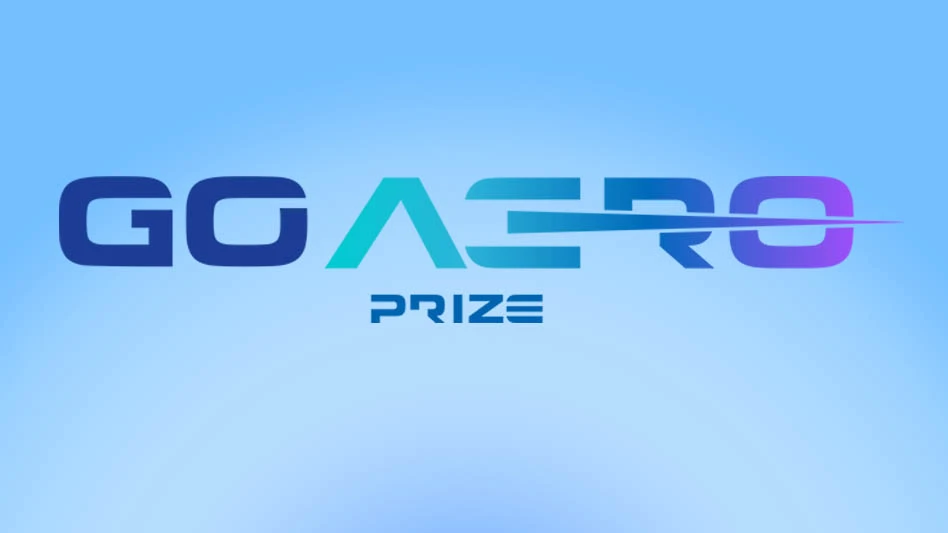
GoAERO
GoAERO is offering $2+ million in prizes for the best thinkers, creators, and inventors to build an Emergency Response Flyer and unlock a new era of disaster and rescue response.
By unleashing the power of autonomy, speed, and precision, GoAERO is looking for the brightest, boldest, and bravest to change the way we rescue and respond to disaster.
This is your chance to make history… and save lives. Design and build a safe, portable, robust, autonomy-enabled Emergency Response Flyer.
The GoAERO blog provides a high-level review of competition updates and deadlines, and the complete guidelines are available at https://www.herox.com/goaero.
For a more in-depth review of the updated GoAERO technical rules, guidelines, and timeline, please join the next webinar on Wednesday April 24th at 9 am PST/12 pm EST.
Register here for the webinar.
Please note: the Stage 1 Submission Deadline has been extended to December 11, 2024. Review the complete timeline here.
Global need
In the U.S. alone, nearly 4.5 million people live in "ambulance deserts," in a medical crisis, people in these areas have to wait as long as 25 minutes or more for an emergency medical crew to arrive.
In 2022, there were more than 380 natural disasters worldwide affecting 185 million people and resulting in the loss of over 30,000 lives.
Approximately 14.4 billion acres of land across the globe were burned by wildfires from 2001 to 2018.
In 2022, nearly 55 million people worldwide were impacted by flooding, including being injured or losing their homes.
These are just some of the reasons for introducing a global competition to create Emergency Response Flyers that can reach people in danger and fight disaster wherever it's found.
Now is the time
New technologies today are enabling simpler, more reliable, and more versatile aircraft configurations.
Battery electric technologies have enabled the distributed propulsion configurations that are at the heart of the eVTOL movement – and they require less training, are lower cost, and have less facility requirements than most available solutions. For example, helicopters may not be accessible to all first responders due to acquisition and operating costs, facility requirements, and pilot training – nor do they have adequate reach in tight quarters.
Imagine a world where every first responder has life-saving aerial capability enabled by compact size and autonomous operations.
The competition
Each Emergency Response Flyer is designed to hold a single person (with manikin stand-ins for human occupants), but what it looks like or how it works is up to you, functioning safely in crowded cities and rural areas. The flyer should be roadable and trailerable; ready to be deployed quickly on-site while being productive enough to keep working day-in and day-out, reliably and efficiently. It should be versatile; flying in all theaters and multiple environments with the precision and agility to react and adapt to the unpredictable.
Saving lives is what this competition is all about – and it therefore culminates in a final fly-off event featuring three missions that are applicable to a wide variety of real-world scenarios, including:
- Deliver a first responder to the scene in a dense urban environment (building, signs, wires, tight spaces)
- Retrieve an injured person from under a forest canopy
- Deliver water and rations to communities cut off by natural disaster
- Rescue victims from car accidents when traffic at a stand-still
- Evacuate flood victims
- Land in earthquake rubble and uneven terrain
- Move a patient to urgent care
- Deliver (or retrieve) a firefighter on a burning hillside
- Retrieve a drowning victim at the beach or rescue a swimmer pulled out by a riptide
- Douse a nascent wildfire
- Rescue someone who has fallen through the ice on a frozen lake
- Rescue from highrise rooftops
- Transport a patient from urgent care to a hospital or blood/organ delivery from a nearby hospital
- Rescue in urban tunnels or remote caves
- Locate/identify/observe an emergency situation
- Act as a fire truck “ladder extension”
With robustness to do all this in difficult conditions including bad weather, chaotic air traffic, unknown terrain, and unpredictable obstacles and environments.
Complete guidelines and rule book are to be found on the website.
The GoAERO Stage 1 submission deadline is December 11, 2024
Further stages, qualifying, and fly-off events are scheduled from 2025 to 2027.
Boeing, RTX (Pratt & Whitney), iridium, Xwing, and Saft are principal sponsors, along with in-kind and many more partners. See the list here.
Get curated news on YOUR industry.
Enter your email to receive our newsletters.Latest from Aerospace Manufacturing and Design
- GE Aerospace secures Air Force engine contract
- Thomson Industries' online sizing and selection tool
- #53 - Manufacturing Matters - 2024 Leaders in Manufacturing Roundtable
- Join us for insights on one of the hottest topics in manufacturing!
- You can still register for March’s Manufacturing Lunch + Learn!
- Ohio creates Youngstown Innovation Hub for Aerospace and Defense
- Tormach’s Chip Conveyor Kit for the 1500MX CNC Mill
- How to Reduce First Article Inspection Creation Time by 70% to 90% with DISCUS Software






